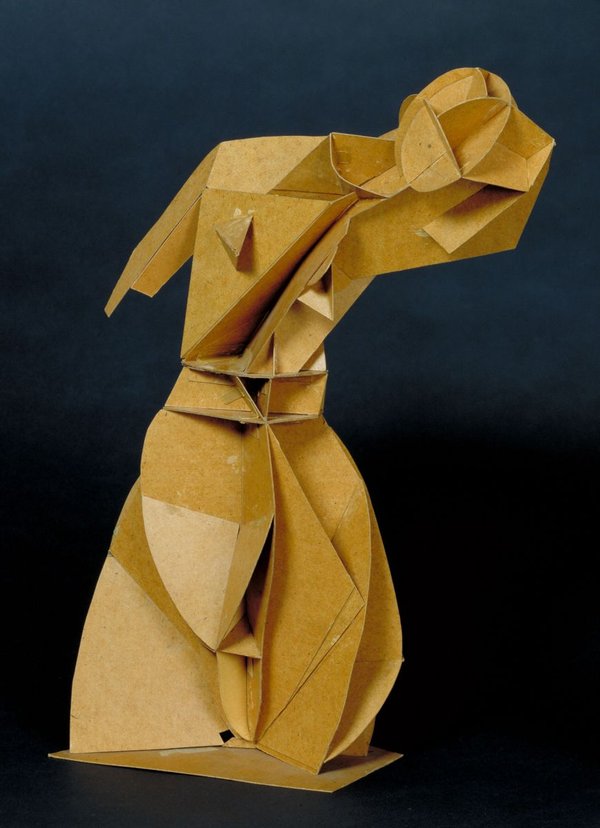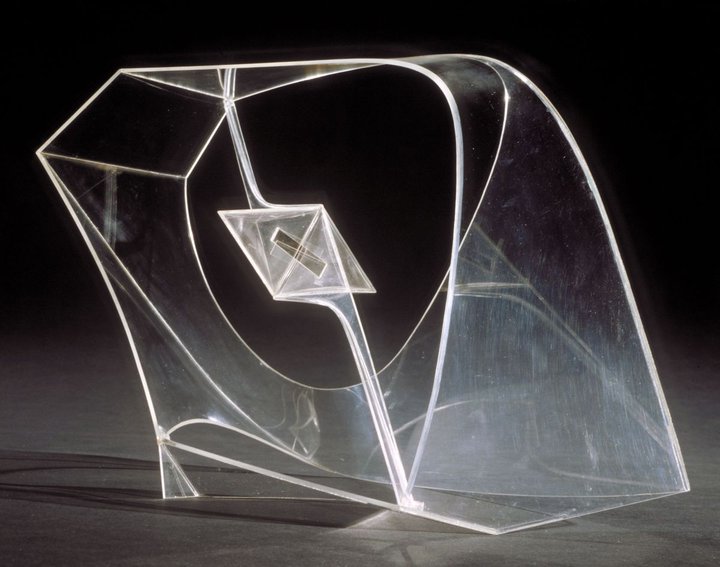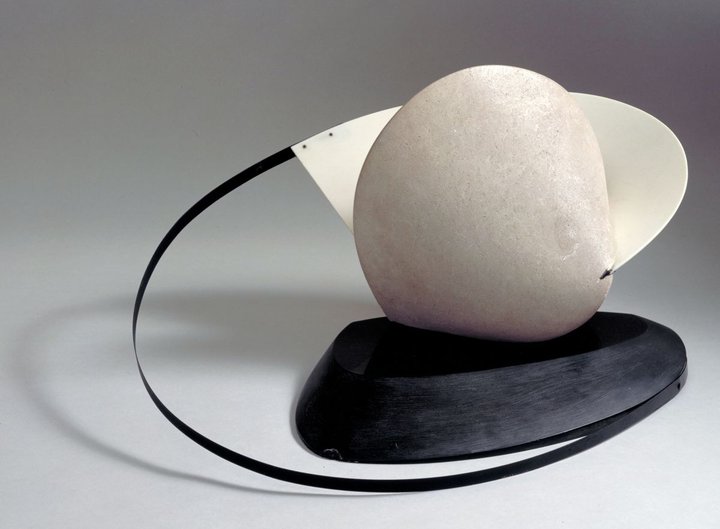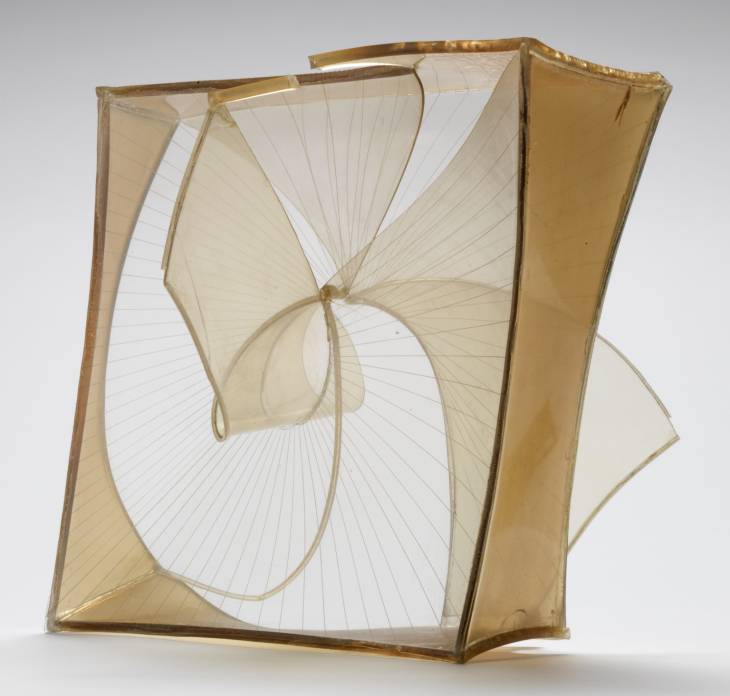LusiveLife
LusiveLife /
Design - Events - Giving - InspirationInfluential Sculptor Naum Gabo at St Ives
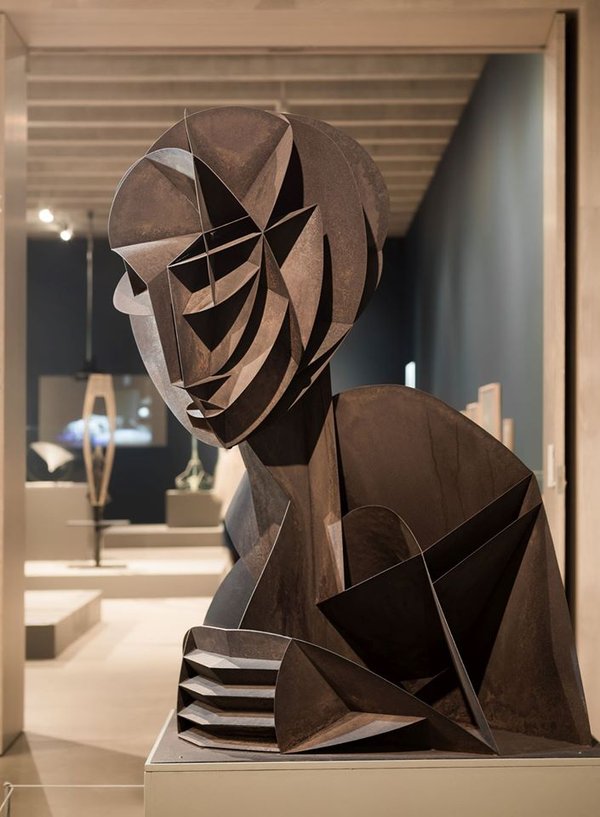
A large-scale exhibition of the acclaimed constructivist Naum Gabo is now at UK’s iconic seaside gallery, Tate St Ives. This marks the first extensive presentation of Naum Gabo's sculptures, paintings, drawings and architectural designs to be held in the UK in over 30 years.
The exhibition marks the centenary of the Realistic Manifesto 1920, a set of pioneering artistic principles launched in Moscow by Gabo and his brother. The statement declared that authentically modern art should engage with and reflect the modern age.
Constructive sculptor and painter, Gabo was born in Russia in 1890, He entered Munich University in 1910, studying first medicine, then the natural sciences; also attended art history lectures by Wölfflin. Gabo transferred in 1912 to an engineering school in Munich. After the outbreak of war, he moved first to Copenhagen, then Oslo and began to make constructions in 1915. In 1920, he wrote and issued jointly with his brother, the Realistic Manifesto 1920, proclaiming the tenets of pure Constructivism.
Gabo spent many years in Berlin in contact with the artists of the de Stijl group and the Bauhaus. Then in Paris, was a member of Abstraction-Creation. He moved in 1946 to the USA and became a professor at the Graduate School of Architecture at Harvard University. From 1950 onwards, Gabo carried out several large sculpture commissions until he died in 1977.
The essence of Gabo's art was the exploration of space, which he believed could be done without having to depict mass. Gabo's other concern as described in the Realistic Manifesto was that art needed to exist actively in four dimensions, including time.
Gabo’s vision is imaginative and passionate. Over the years his exhibitions have generated immense enthusiasm because of the emotional power present in his sculpture. Imaginative as Gabo was, his practicality lent itself to the conception and production of his works. He devised systems of construction which were not only used for his elegantly elaborate sculptures but were viable for architecture as well. He was also innovative in his works, using a wide variety of materials including the earliest plastics, fishing line, bronze, sheets of Perspex, and boulders. He sometimes even used motors to move the sculpture.
The Tate St Ives exhibition runs through May 3.
